1. Potato Chips
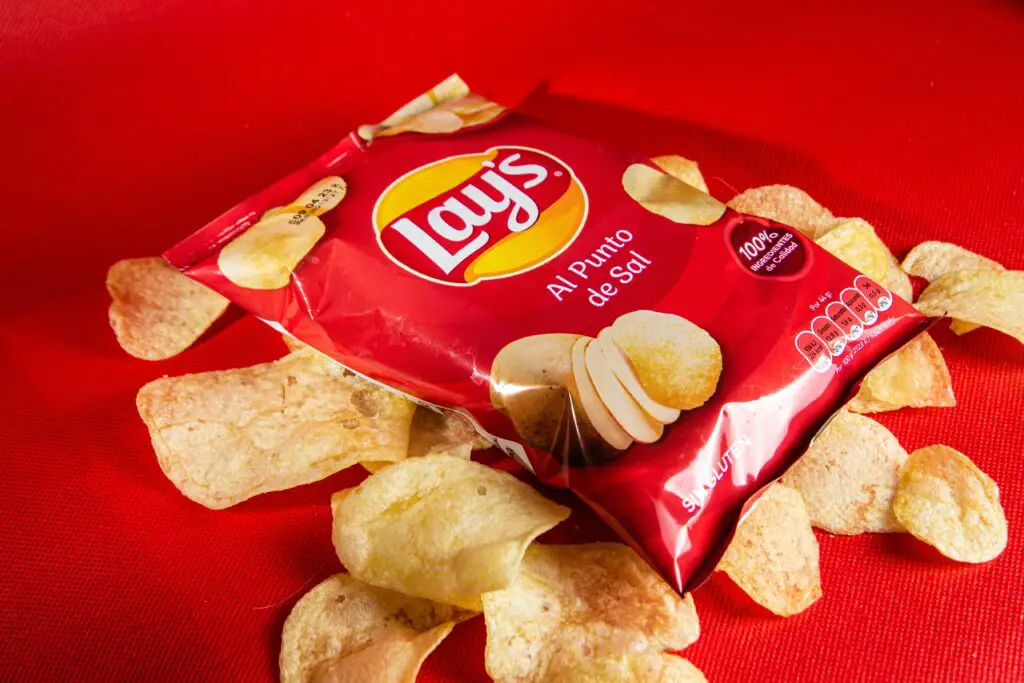
It’s hard to imagine snacking without potato chips, but their creation was pure happenstance. Legend has it that a chef named George Crum got annoyed with a customer who kept sending back his fried potatoes for being too thick and soggy. In frustration, Crum sliced the potatoes paper-thin, fried them until crisp, and added extra salt. The customer loved them, and just like that, potato chips were born shares the Takeout.
This accidental invention quickly caught on because who doesn’t love crunchy, salty snacks? It’s funny to think that what started as a chef’s little prank became one of the most popular snacks worldwide. Next time you reach for a bag, you can thank a cranky chef and a picky customer for this delicious treat adds History Channel.
2. Popsicles

The story behind popsicles sounds like something out of a kid’s dream. In 1905, 11-year-old Frank Epperson left a cup of powdered soda and water outside on a chilly night with a stirring stick still in it. When he woke up, the mixture was frozen solid. He called it the “Epsicle,” which eventually became the popsicle we know and love today says NPR.
Frank’s accidental frozen treat was a simple pleasure that turned into a summer sensation. It’s amazing that a kid’s forgotten experiment became a multi-million dollar business. The popsicle reminds us that sometimes the best ideas come from pure chance—and a little bit of kid genius adds SFGATE.
3. Microwave Popcorn
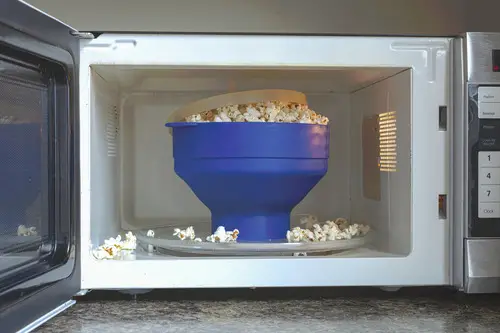
Popcorn in the microwave feels like a kitchen staple now, but its invention was an unexpected side effect of a totally different technology. In 1945, Percy Spencer, an engineer working on radar technology, noticed a candy bar melting in his pocket while near a magnetron. Curious, he tested popcorn kernels and found they popped quickly from the microwaves.
This accidental discovery led to the microwave oven itself and eventually microwave popcorn. What started as a melted candy bar moment gave us one of the easiest snacks to prepare. Now, movie nights wouldn’t be the same without that familiar popping sound coming from the microwave.
4. Ice Cream Cone
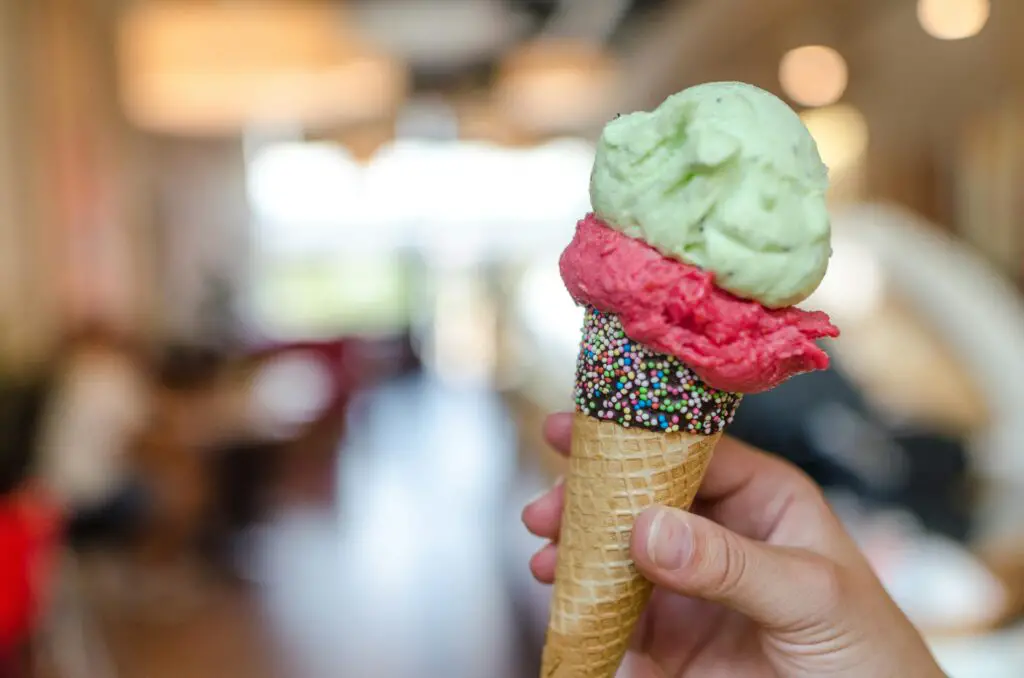
The ice cream cone we take for granted was born out of necessity and quick thinking. At the 1904 St. Louis World’s Fair, an ice cream vendor ran out of bowls. A nearby waffle vendor, seeing the dilemma, rolled up waffles into cones to hold the ice cream. This clever fix became an instant hit and revolutionized how we eat ice cream.
It’s fascinating that a simple shortage led to the creation of something so iconic and fun. Ice cream cones are a perfect example of how an unexpected problem can inspire an invention that lasts for generations. Plus, eating ice cream off a cone just feels more joyful, doesn’t it?
5. Tater Tots
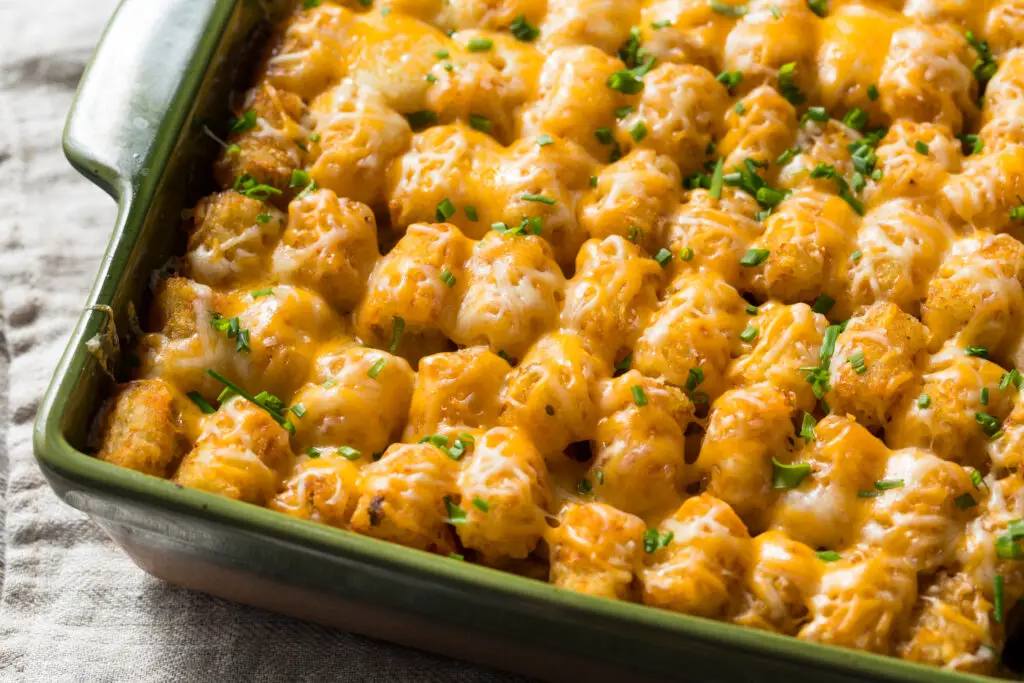
Tater tots are a beloved comfort food, but their origin story is a case of clever kitchen recycling. In the 1950s, the Ore-Ida company had leftover grated potatoes from making French fries. Rather than waste them, a clever employee decided to form the scraps into small cylinders and deep-fry them, creating tater tots.
This accidental reinvention turned scraps into a delicious snack that’s still a favorite today. It’s a reminder that sometimes leftovers aren’t just food to toss, but an opportunity to create something new. The golden, crispy bites of tater tots are a perfect example of making the most out of what you have.
6. Corn Flakes
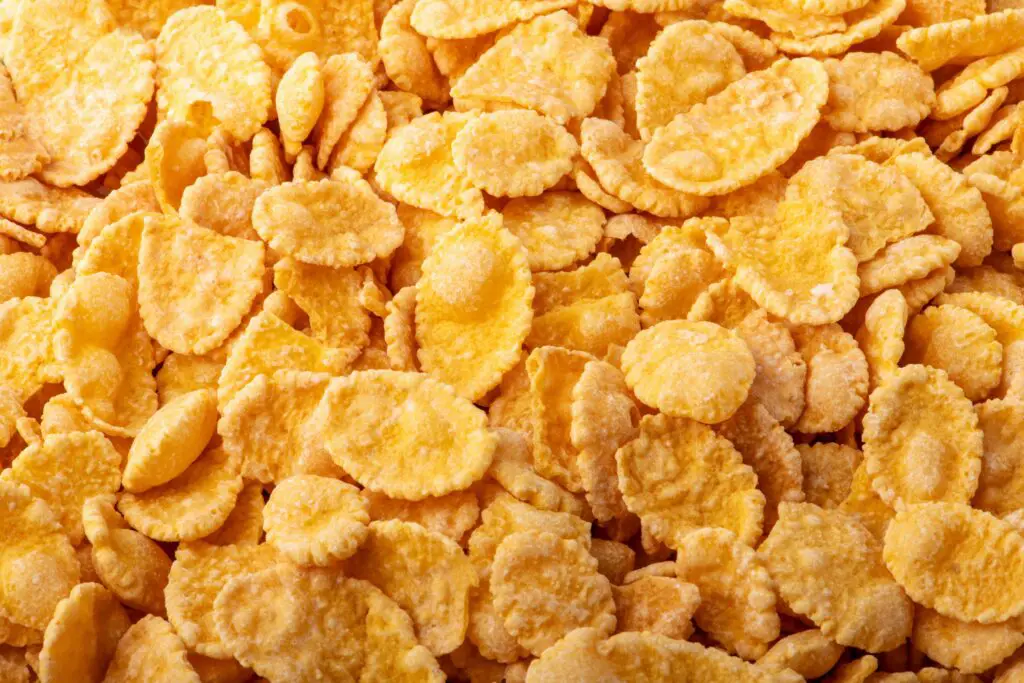
Corn flakes were invented by accident by Dr. John Harvey Kellogg in the late 19th century. While trying to create a healthy vegetarian cereal, he accidentally left cooked wheat out overnight. When he rolled it the next day, the wheat flakes were unexpectedly crispy. He and his brother adapted this to corn, creating the first corn flakes.
This “mistake” changed breakfast forever by giving us a quick and easy cereal option. It’s funny how something as simple as leaving grains out overnight could lead to such a big food innovation. Kellogg’s experiment shows that innovation doesn’t always come from planning, but sometimes from happy accidents.
7. Champagne

Champagne’s fizzy personality was actually a surprise to early winemakers. The bubbly effect happened when fermentation unexpectedly continued inside sealed bottles, creating bubbles. Early producers considered this a flaw since bottles often exploded or corks popped prematurely. Eventually, people learned to appreciate the sparkling effect, and champagne became synonymous with celebration.
It’s wild to think that what started as a winemaking mistake turned into one of the most elegant drinks in the world. That sparkle, which seemed like a problem, now makes champagne the ultimate party companion. Sometimes, mistakes just need a little rebranding.
8. Worcestershire Sauce
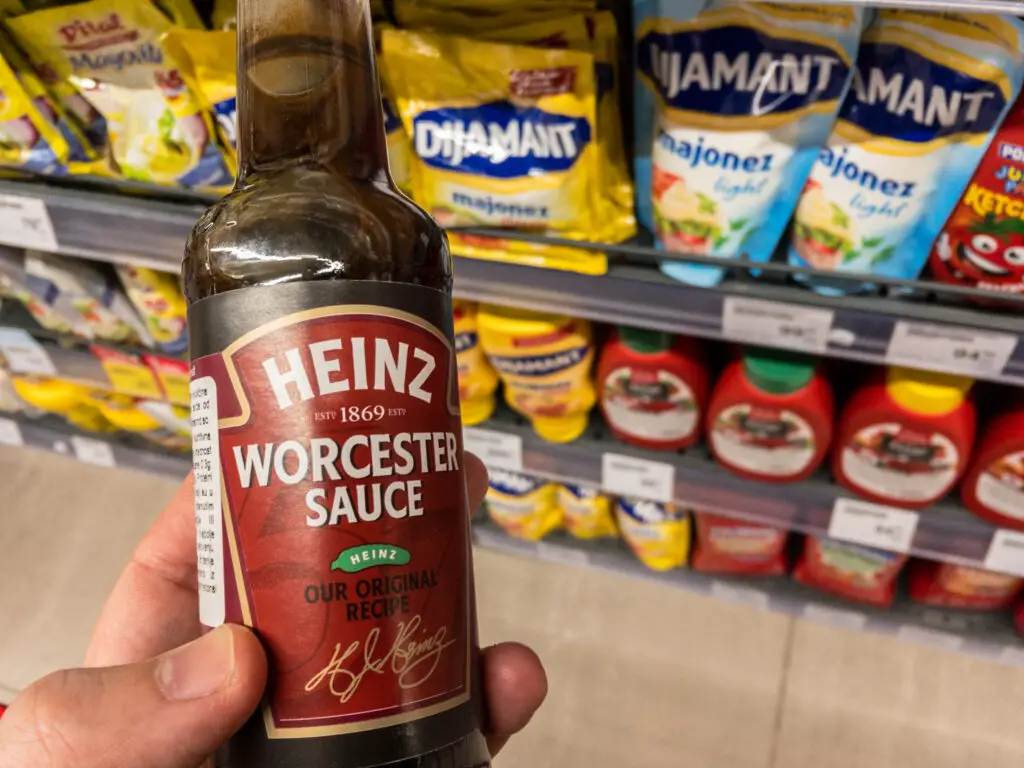
Worcestershire sauce wasn’t exactly a hit on the first try. Chemists John Lea and William Perrins were asked to recreate a sauce from India in the 1800s, but their first batch was too strong and basically inedible. They left it forgotten in a cellar for months. When they revisited it later, the aging process had mellowed the flavors and created the savory, tangy condiment we know today.
Now it’s a staple for marinades, Bloody Marys, and more, but it started as a failed recipe that needed time to improve on its own. This one is a great reminder that sometimes, all something needs is a little time to turn into something great. Or at least, something tastier.
9. Velveeta Cheese
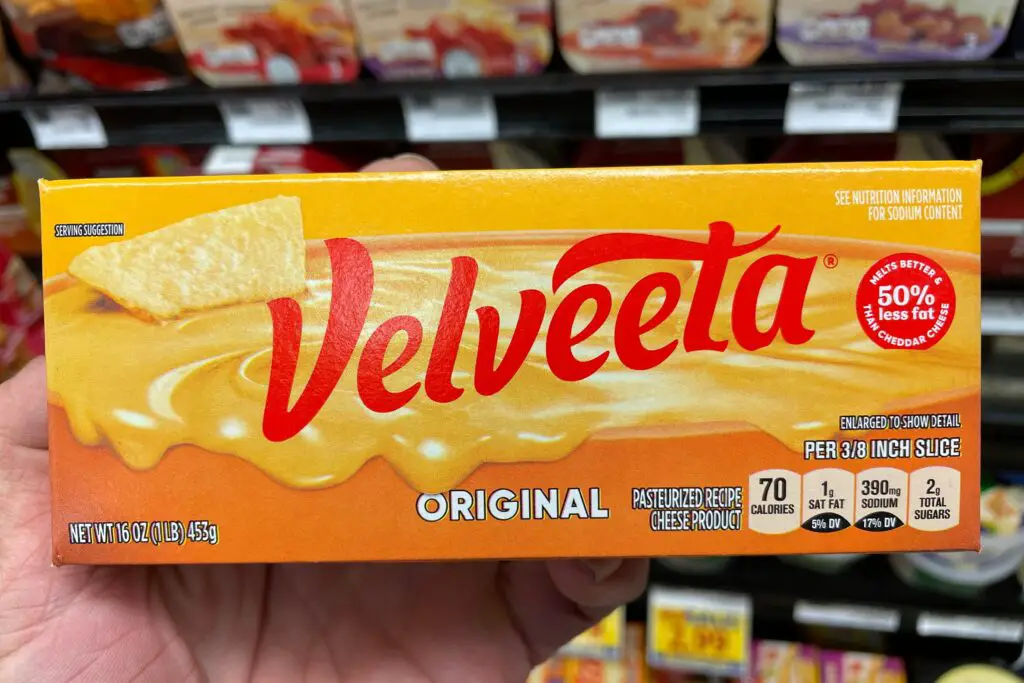
Velveeta’s smooth, melty texture didn’t come from a traditional cheese-making process. It was developed by Emil Frey in the early 20th century, who wanted a product that could melt easily without separating or becoming greasy. The result was a processed cheese product that became a kitchen favorite for making creamy dishes.
Velveeta might not be everyone’s classic cheese, but it definitely made cooking easier and more convenient. This accidental invention shows how sometimes food science can surprise us with products that change how we prepare comfort food classics.
10. Sourdough Bread
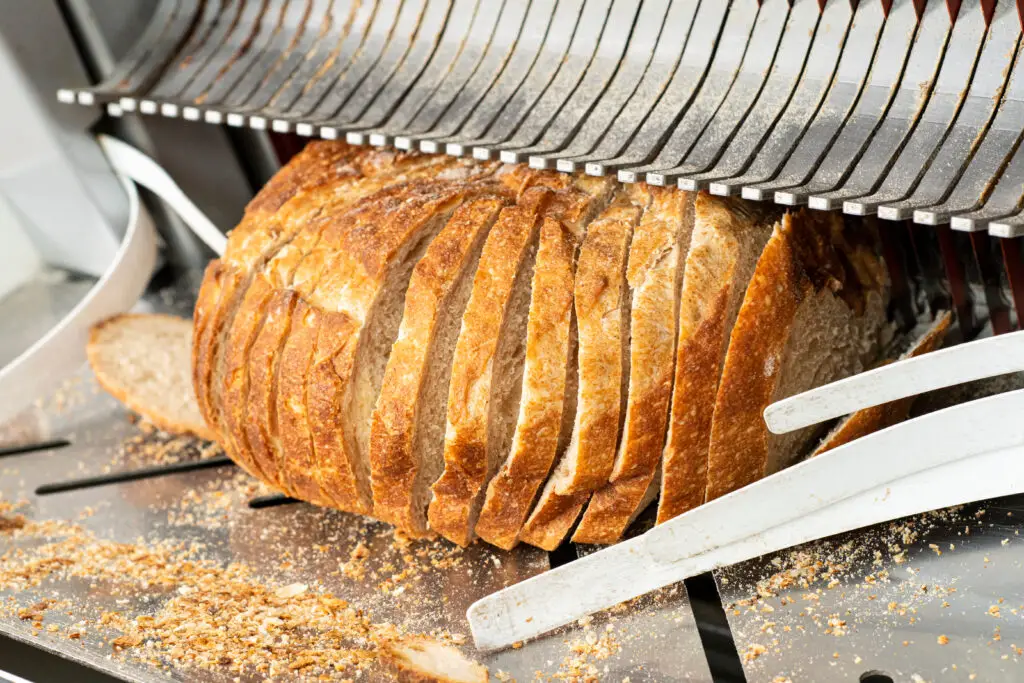
Sourdough’s tangy flavor and airy texture were accidental byproducts of wild yeast and bacteria fermentation. Early bakers discovered that leaving dough to sit out longer caused it to rise and develop a unique taste. Over time, this natural fermentation became a method for making bread that was easier to digest and lasted longer.
What started as a spontaneous natural reaction has turned into a craft and art for bakers around the world. Sourdough’s accidental birth reminds us that nature often lends a helping hand when we let it. It’s one of those rare cases where a “mistake” is actually a gift to our taste buds.
11. Chocolate Chip Cookies
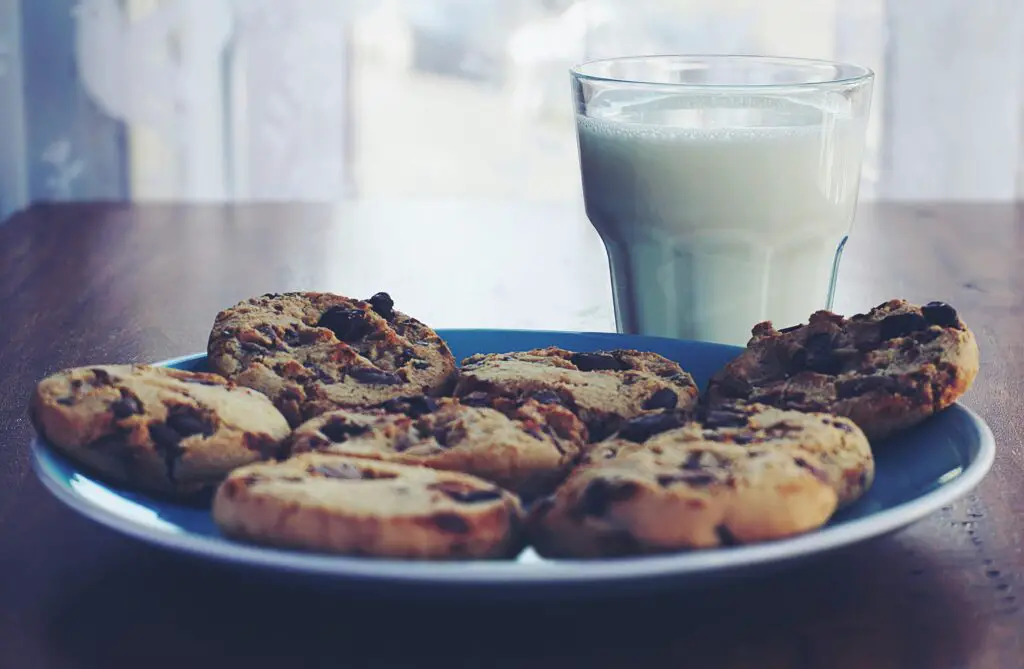
The chocolate chip cookie was invented by Ruth Wakefield in the 1930s at the Toll House Inn. She was trying to make chocolate cookies but instead chopped up a bar of Nestlé chocolate, expecting it to melt evenly into the dough. Instead, the chunks softened but stayed intact, creating pockets of gooey chocolate in every bite.
That happy accident became one of the most beloved cookie recipes worldwide. Wakefield’s creation shows how a simple kitchen experiment can turn into a classic that spans generations. Chocolate chip cookies are proof that sometimes, the best recipes are the ones you don’t plan perfectly.
12. Slurpees

Slurpees came about thanks to a broken soda fountain. In the late 1950s, Omar Knedlik’s soda machine went on the fritz, so he put the bottles in the freezer to chill them. Customers loved the icy, slushy texture so much that Knedlik designed a machine to replicate it. That invention became the Icee machine, which 7-Eleven later rebranded as the Slurpee.
What started as a workaround for a broken machine is now a frozen treat kids beg for on summer afternoons. With their neon colors and brain freezes, Slurpees feel like a product of pure childhood joy. And it all started with one very cold bottle of soda.
13. Waffles
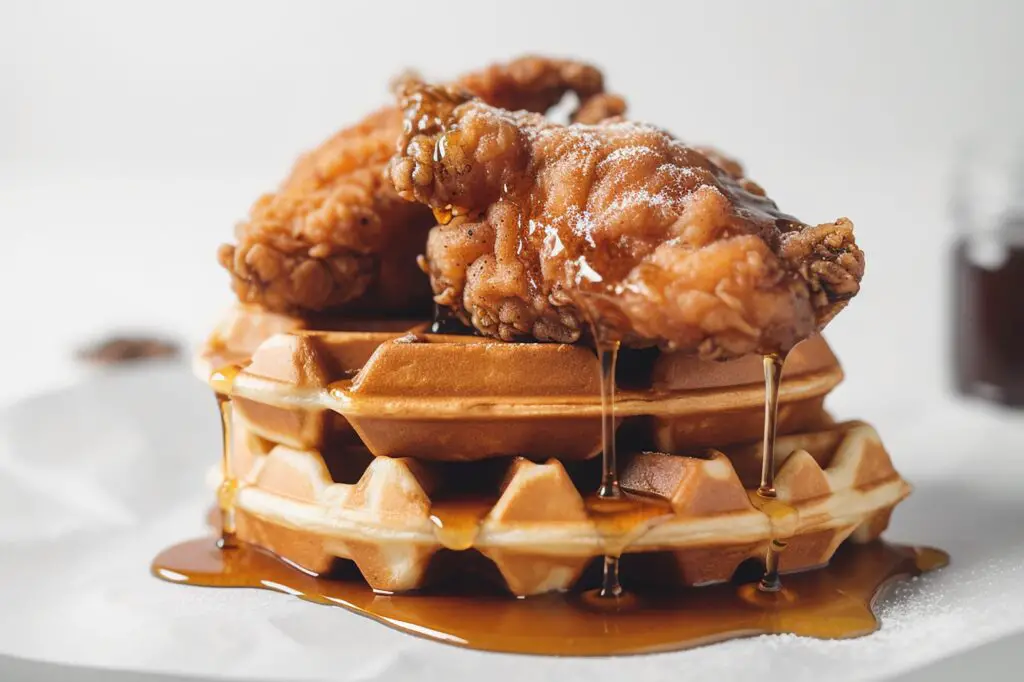
Waffles, as we know them today, have roots in medieval Europe, but their unique texture was sometimes the result of overcooked or mishandled batter. Early cooks discovered that batter cooked between patterned irons formed crispy, golden treats. Sometimes this was from a mistake—too much heat or the wrong batter thickness—but the result was delicious.
It’s neat to think that waffles may have been “accidentally” perfected through trial and error. The crispy exterior and soft inside make them a beloved breakfast or dessert, reminding us that sometimes cooking mishaps lead to the tastiest results. Waffles are a delicious lesson in embracing happy accidents.
